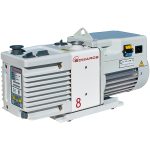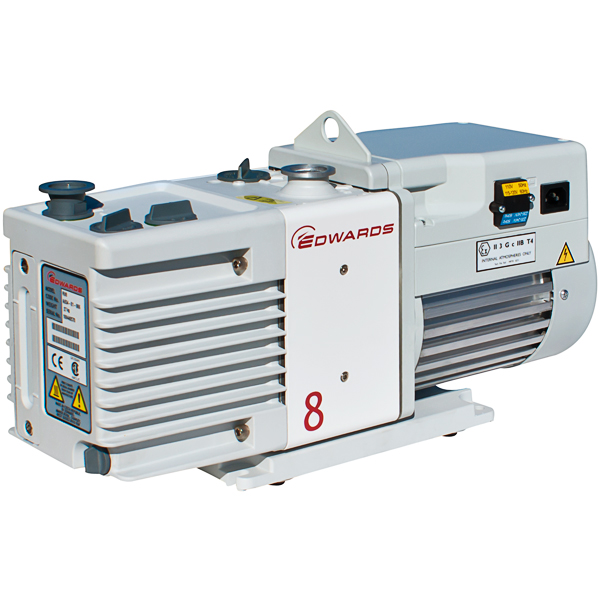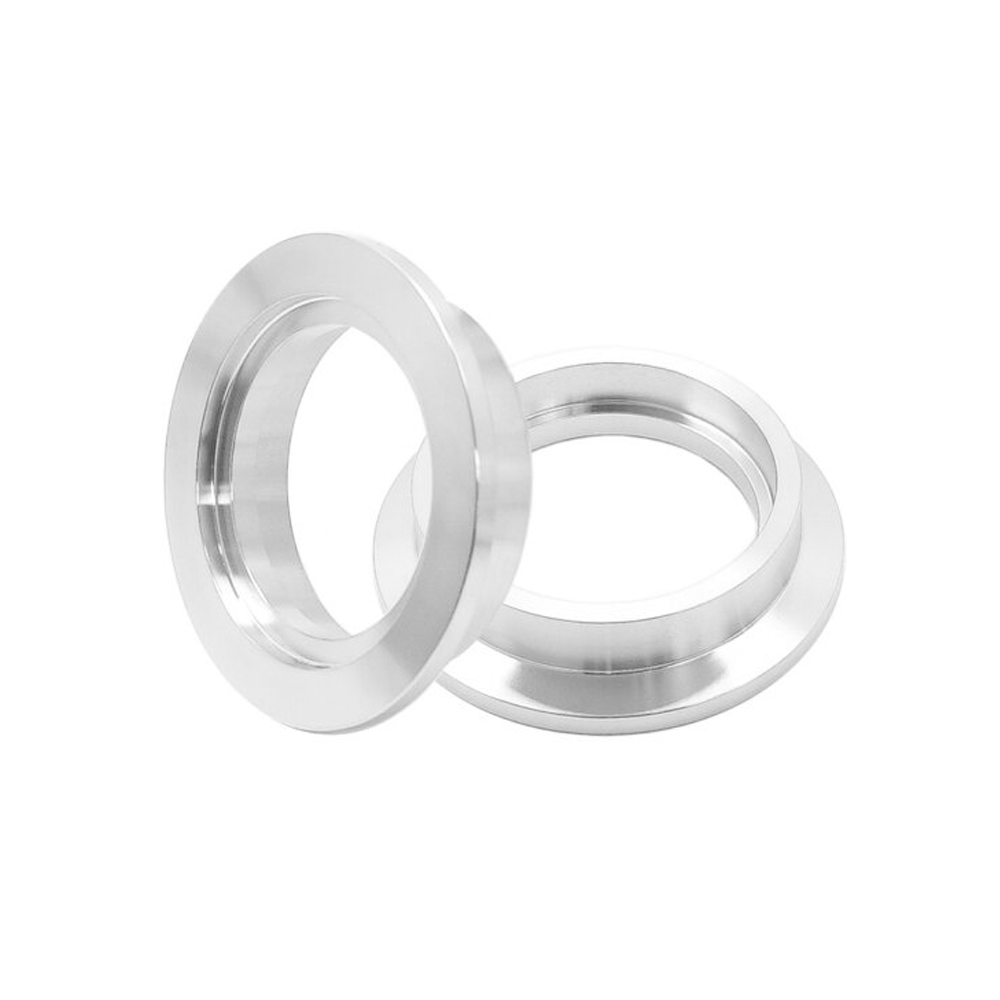
Relationship Between Vacuum Degree, Positive Pressure and Negative Pressure, and Correspondence Between Vacuum Units
First, to put it simply, these three concepts correspond to the thin, normal, and dense states of the gas, respectively.
Atmospheric pressure: refers to an atmospheric pressure, that is, the pressure of the gas produced by the atmosphere in which we usually live. A standard atmospheric pressure is 101325 Pa (Pascals, Pascals-a common pressure unit). 100,000Pa = 100KPa, so “a standard atmospheric pressure” is also often expressed in 100KPa or 101KPa. Because of the difference in geographic location, altitude, temperature, etc., the actual local atmospheric pressure is not equal to the standard atmospheric pressure in each place, but for the purpose of simplification, sometimes atmospheric pressure can be approximated as a standard atmospheric pressure, that is, 100KPa;
Negative pressure: refers to the state of the gas lower than the atmospheric pressure, which is what we often call “vacuum”. For example, when you drink from a tube, there is negative pressure in the tube; the inside of the suction cup used to hang things is also negative pressure.
Positive pressure: refers to a gas state with a pressure higher than normal pressure. For example, when inflating a bicycle or car tire, a positive pressure is generated at the air outlet of the pump.
Secondly, in scientific research, biological engineering, automatic control, environmental protection, water treatment and many other applications, gas sampling, gas circulation, object adsorption, etc. are often performed, and vacuum pumps are used at this time. Its main parameters are vacuum and flow.
(1) “Vacuum degree” generally refers to the ultimate pressure that can be reached when the pump is in operation, that is, the degree of thinness of the remaining gas after it can pump out the gas in the closed container.
In industry, there can be two kinds of extreme pressure, one is “absolute pressure”, that is, “absolute vacuum” (absolute vacuum that can be achieved in theory, there is no substance) is zero, the marked values are Positive values, the smaller the number, the closer it is to absolute vacuum, that is, the higher the degree of vacuum. For example, we have a “high vacuum” miniature vacuum pump. Its ultimate pressure is 10KPa (0.01MPa), which is very high in a miniature vacuum pump.
The other is “relative pressure”, that is, the atmospheric pressure is used as the zero position, and the value below the atmospheric pressure is expressed by a negative value, so it is called “negative pressure”. The larger the absolute value of this negative value, the higher the degree of vacuum.
The “absolute pressure” is commonly used in the international vacuum industry and is the most scientific. However, because the method of measuring relative pressure is simple and the measuring instruments are common (such as general vacuum gauges are relative pressure gauges), it is customary in China to use “relative pressure” to identify.
The relationship between the two: relative pressure = absolute pressure-local atmospheric pressure.
For example, the absolute pressure of VCH1028: 10Kpa, its relative pressure = 10-100 = -90Kpa (-0.09MPa).
(2) In the fields of scientific research, laboratories, and medical treatment, there are often applications for pressurizing gas, such as: pumping gas into a container with positive pressure itself, or a large resistance in the system, which requires a pump to overcome the resistance to deliver gas. At this time, the pump needs to be able to output a positive pressure higher than atmospheric pressure, which is usually expressed as “relative pressure”. Our high-pressure miniature air pump and miniature vacuum pump can output a positive pressure of> 100Kpa (0.1MPa) at maximum. It belongs to the dry vacuum pump itself, does not need vacuum pump oil and lubricant, does not pollute the working medium, and can run continuously for 24 hours. Both can be blocked, which is especially suitable for these occasions.
Comprehensive example: (not particularly rigorous, just to illustrate the relationship between the three)
Assuming that the gas pressure in the closed container is normal pressure, it means that there are 100 gas molecules in it, and 90 of the VCH1028 with a negative pressure of -90Kpa can finally remove 90, and the remaining 10, then the negative pressure in the container is -90Kpa; When replaced with PH2506B, only 75 can be removed, and the remaining 25 are removed, and the corresponding container’s negative pressure is -75Kpa.
If PCF5015N is used to inflate this container, there will be 200 gas molecules in the final container. The absolute pressure is 200Kpa, and the relative pressure (positive pressure) is 100Kpa.
The “vacuity” commonly used in the international vacuum industry refers to “limit vacuum, absolute vacuum, and absolute pressure”, but “relative vacuum” (relative pressure, vacuum gauge pressure, negative pressure) is simple and convenient due to the measurement method. Instruments are very common and more widely used.
Conversion formula: relative vacuum = standard atmospheric pressure-absolute vacuum
For example: if the absolute vacuum is 80KPa, its relative vacuum is about 100-80 = 20KPa, then it should be displayed as -0.02MPa on the relative vacuum meter.
Conversion with pressure unit: 1 Pa = 1.02 × 10-5Kgf / cm2 = 1 × 10-5bar = 0.01mbar = 9.87 × 10-6atm = 7.5 × 10-3torr = 4.01 × 10-3inH20 = 7.5 × 10-3mmHg = 1.45 × 10-4PSI






